Designed for data scientists, notebooks are lighter and more powerful than ever. Check out our top guidelines for all budget tiers.
Choosing a laptop for the data scientist (and other data scientists) can be a daunting task as there are several aspects to consider. We'll take a closer look at this below. Before proceeding, however, it is important to note that most of the data-related activities are initiated on the remote server, and the computer basically acts as an intermediary.
However, the lack of an internet connection makes things even darker. You may want a responsive OS, faster processor, and more storage for more balanced performance. In addition, if you are a college student, you will be doing most of the tasks on the computer itself (not all universities provide remote server access).
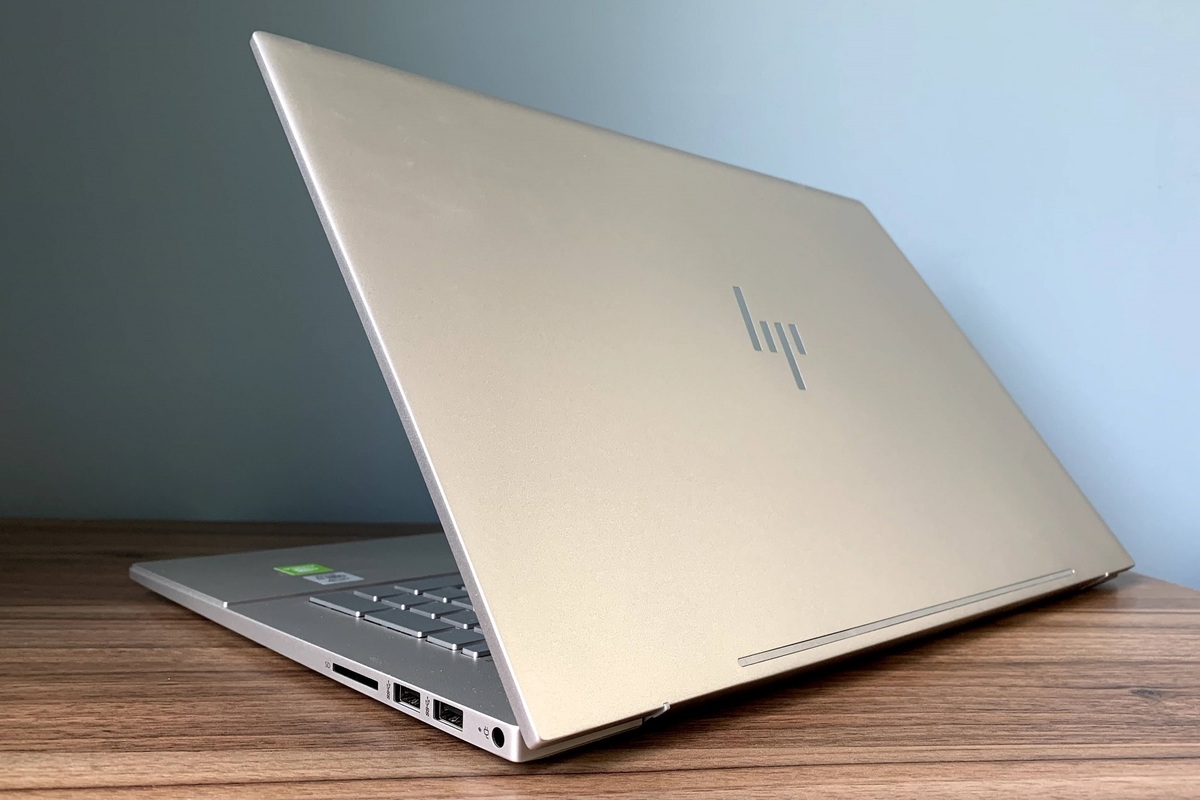
Technical Specifications:
The display cover and the working panel of the laptop are made of silver-colored aluminum alloy, the bottom is plastic. The handprints on the laptop remain insignificant, and that's fine. The opening angle of the lid is small, but it is not so critical considering the size of the display.
Inside there are two slots for RAM, occupied by Samsung slats of 8 GB each, the M slot.2, in which a 512 GB Western Digital SN520 SSD drive is installed, and space for a 2.5" form factor drive. Without a train, but with carriages.
The keyboard is perhaps the most ambiguous component of a laptop. It's about the layout: the non-standard location of the power button, the non-standard location of the fingerprint scanner, the PrintScreen button combined with the right Shift. It is probably possible to get used to all these innovations, but then how to return to the classic keyboard layout?
It is impossible to give the exact marking of the IPS matrix from Innolux: profile programs determine only the manufacturer and the monitor ID (CMN176C). Claimed 72 percent coverage of the NTSC color space and a maximum brightness of 300 nits. The laptop is comfortable to use at 70% brightness.
The HP Envy 17 in question has a 4-core 8-thread Intel Core i7-1065G7 processor with a base frequency of 1.3 GHz and an NVIDIA GeForce MX330 video card with 2 GB of video memory.
The laptop's autonomy is provided by a lithium-ion battery with a capacity of 55.6 W* h. When testing it, the following results were obtained (with rounding down):
watching streaming video in Full HD (power mode "improved battery", screen brightness 80%) – 5 hours 10 minutes,
benchmark Final Fantasy XV, Full HD, Standard quality (power mode "maximum performance", brightness 100%) – 1 hour 40 minutes.
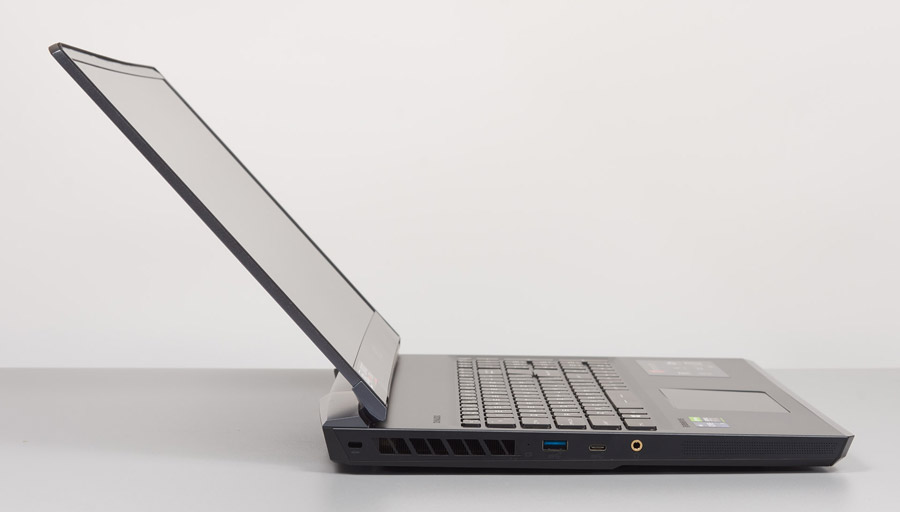
Lambda is a relatively new company in the hardware space, being founded in 2012, but they have already produced some excellent hardware pieces. In this article, I'm going to review the Tensorbook, a deep learning laptop.
High performance at a practical price – The Tensorbook supports RTX 3080 Max-Q GPU with 16GB of VRAM dedicated to the GPU. The discrete GPU gives you the ability to train sizeable neural networks, whether you are in the office, lab or at home. Optimized settings to avoid throttling – We optimize each Lambda machine to maximize airflow and reduce excess heat. Even during the biggest training runs, Lambda machines avoid excess heat while remaining quiet enough for an office or home environment.
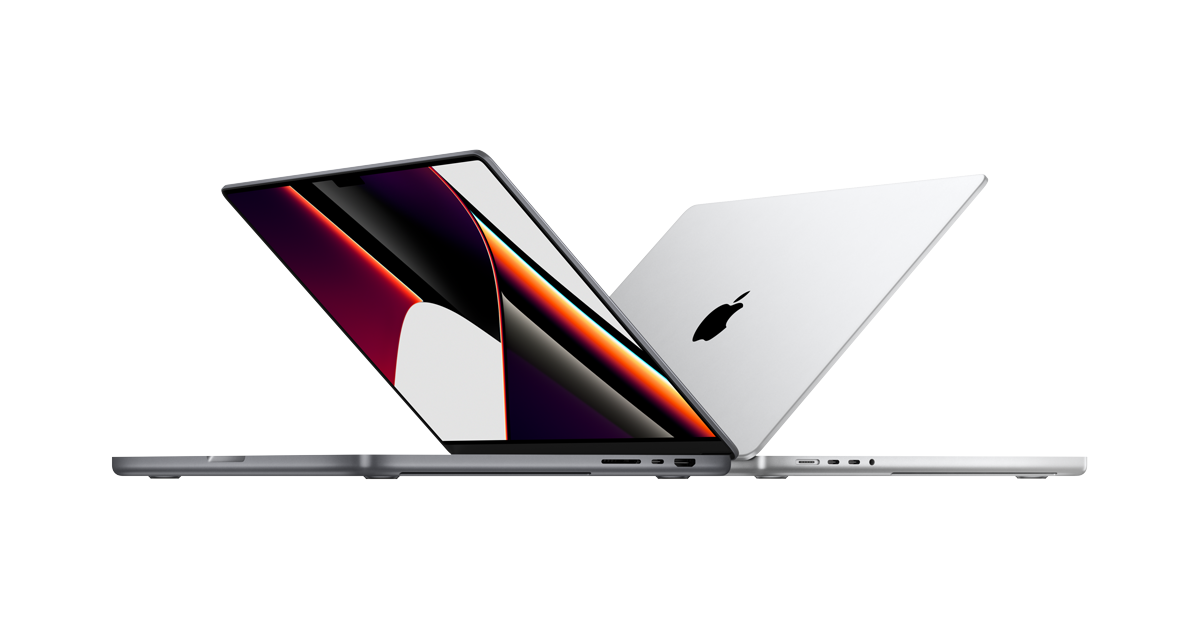
Rumors about grandiose changes in the world of macbooks have been going around for a long time, but it was only after the presentation of the new generation of the MacBook Pro that it became clear that Apple finally decided to return to the roots. A lot of attention was paid to new chipsets and increased performance.
Macbooks with USB Type-C ports without auxiliary slots have been sold since 2015, and you can easily find a suitable adapter. Nevertheless, angry reproaches against Apple are still being heard. I don't know about you, but I've got used to it for a long time and use adapters: there is an adapter at home, in the studio, in all backpacks and even lay somewhere in the car. You never know when you'll have to dump the images from the memory card.
Now the SD card slot is back in place, and HDMI has been added at the same time – true, it is version 2.0, not the more recent 2.1. But we will leave room for improvements in the future.
The number of USB Type-C connectors has been reduced from four to three, but now it is a very fast Thunderbolt 4. In addition, the legendary MagSafe magnetic charging port has been returned — if you touch the wire with your foot, it will fall to the floor, and not drag the laptop with it. At the same time, it remains possible to charge laptops via a USB port.
For complete nostalgic happiness, perhaps the revival of the glowing logo on the lid is not enough.
The appearance of the Apple M1 Pro was expected, but the M1 Max was a surprise — I did not think that Apple would immediately introduce two chipsets. The M1 Max with 32-core graphics looks the most interesting, which can get up to 64 GB of RAM and SSD up to 8 TB. However, such a monster car costs space money.
At the same time, the basic version with M1 Pro looks good: we get 16 GB of RAM and a 512 GB SSD. If you need more memory, you can double the RAM and put a capacious SSD on 1, 2, 4 or even 8 TB. Still, not everyone needs a lot of memory and a very large margin for performance — and for such people, the "basic" MacBook Pro 16 looks like an ideal option.
Another great point is autonomy. The working time has doubled, so you can work safely and not worry that you forgot the charger at home. After all, the claimed 21 hours of work without recharging in the video viewing mode in the Apple TV app for the 16-inch MacBook Pro is an excellent indicator. To work on the Internet, it is stated up to 14 hours, which is also very worthy.
There are no questions about the filling — even faster, even more powerful, even better autonomy. The controversial Touch Bar was removed, HDMI, MagSafe and SD slot were returned. Updated the design of the case, added MiniLED screens and even a "monobrow". This is the most controversial innovation, but those who don't like it can buy something from the old Apple collection on Intel until all stocks are sold out.
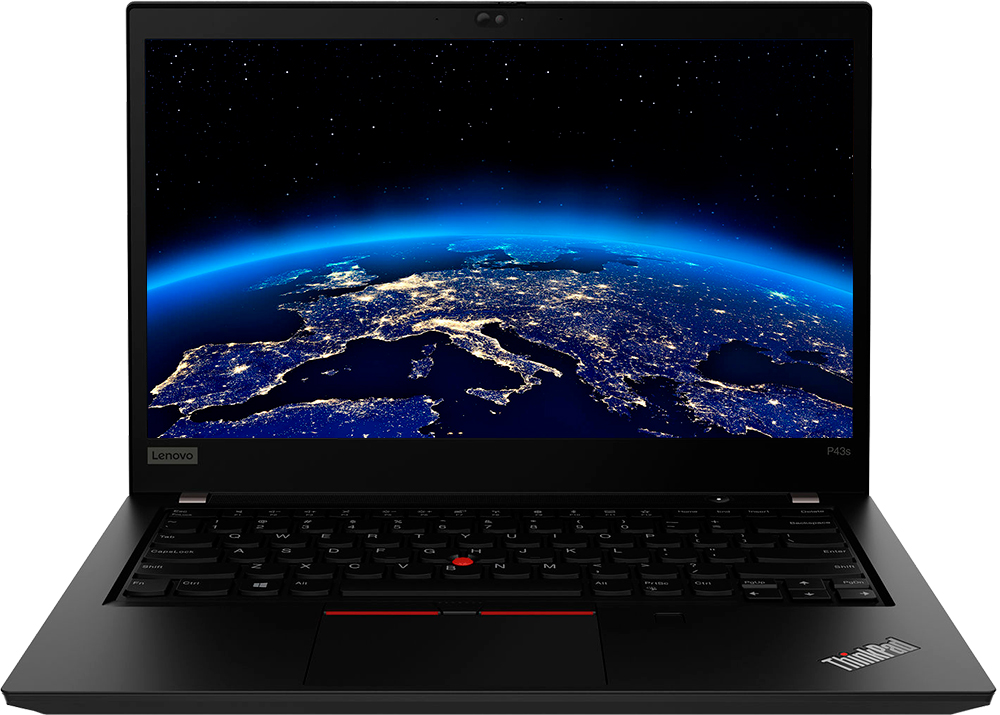
For users who are looking for a workstation, the choice of suppliers is not so great. One of them is Lenovo, which has released a model based on the ThinkPad T590 in the below-average price category. The hardware component has not changed: Intel Core i7-8565U processor, 16 GB of RAM and 512 GB SSD. However, on board the ThinkPad P53s model, instead of Nvidia GeForce MX250, there is an Nvidia Quadro P520 video card and a smart card reader (it is available optionally in the T590 model).
The Lenovo ThinkPad P53s model has a built-in 15.6-inch IPS display with a resolution of 1920 x 1080 pixels. Compared to competitors' models, the brightness level is quite low: only 243 cd/m2. The same applies to the uniformity of the illumination distribution – 88%. No PWM is used when adjusting the brightness.
The following display options are also available to customers for the ThinkPad P53s model:
Our measurements showed a good contrast level of 1444:1 and an excellent black level of 0.18 cd/m2. These are relatively good results, although the contrast difference between Lenovo laptop and competitor models is minimal.
The results of the CalMAN test showed a slight overestimation of the blue level when displaying colors. However, this can be completely eliminated by calibration.
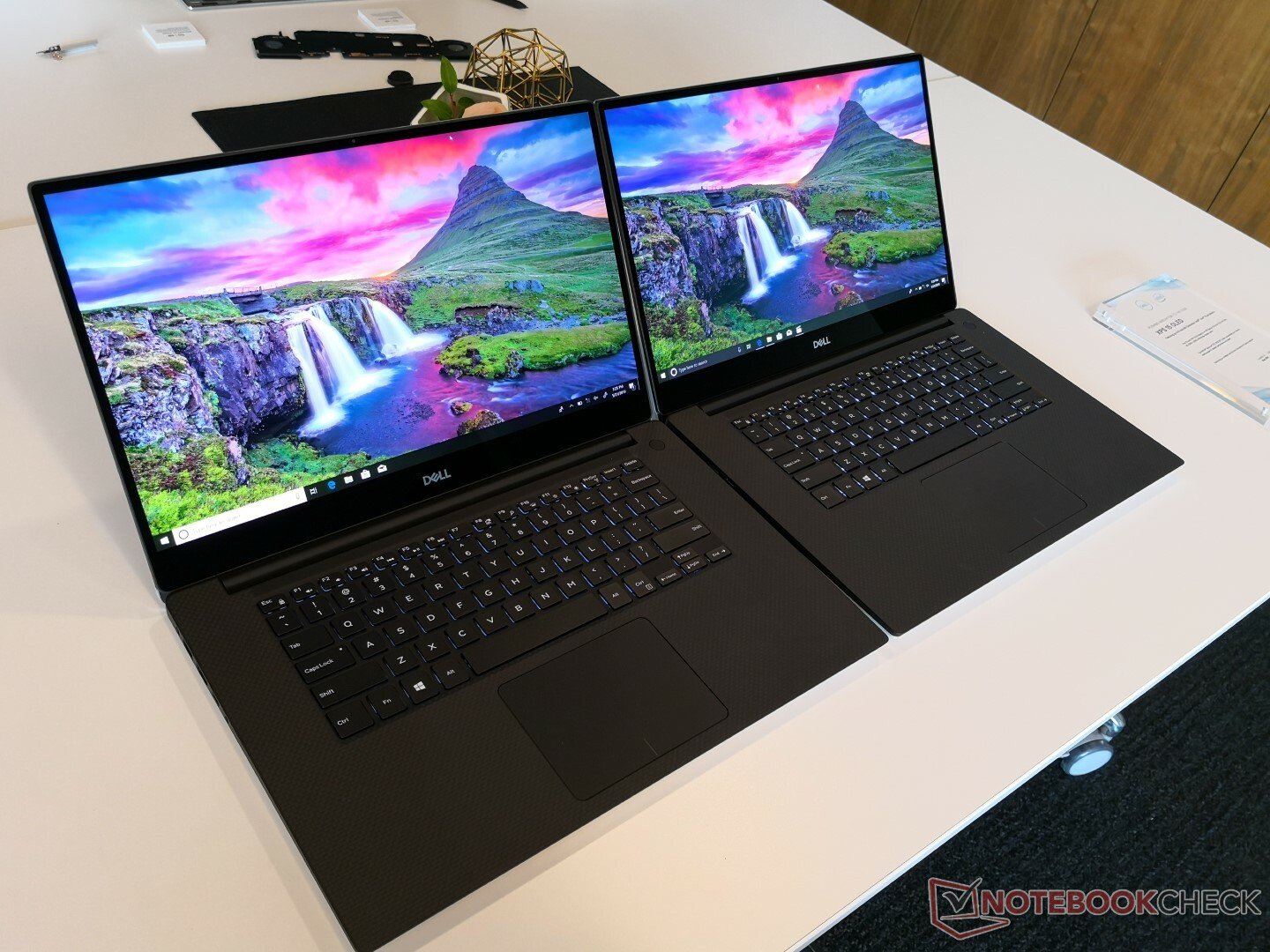
The modern rhythm of life dictates new rules, and in order to do everything, people have to work on the go. However, not every laptop has the technical capabilities capable of coping with a large number of tasks that users put before them. We are used to the fact that high performance leads to bulkiness, but the Dell XPS 15 (7590) managed to reach a compromise between portability and power.
XPS 15 (7590) received all the latest components that could only be implemented in a laptop. A Core i9 processor with eight cores, and discrete Nvidia GTX 1650 graphics, and, of course, an OLED screen with 4K resolution.
Don't let the modest appearance of the Dell XPS 15 mislead you. This design conceals high-quality materials, excellent assembly and huge opportunities. The aluminum body looks inconspicuous, but this is a business class level.
Despite the solid filling, the laptop does not feel bulky, and weighs only 1.8 kg. Of course, when carrying it in a bag, the extra weight will be noticeable, although it is much less than that of gaming laptops. I easily put it in a medium-sized laptop bag.
The display is framed by the thinnest frame, despite this, the manufacturer managed to squeeze the webcam into this small gap right above the screen. I have only one complaint about the design of the Dell XPS 15 (7590) – very rigid hinges. To open the lid, you need to make an effort, it's almost impossible to do it with one hand. It would be better if he got a hinge system, like in XPS 13.
Unlike the MacBook Pro, the new Dell XPS 15 offers a large selection of ports, among which there is an HDMI connector, a USB-A port, USB-C (Thunderbolt 3), as well as 3.5 mm headphones. In addition, an additional USB-A is provided on the right side, there is also a slot for SD cards. Videographers and photographers will appreciate this diversity.
Unlike the Razer Blade, the surface on the sides of the touchpad does not heat up and there is a more convenient layout. The developers of XPS 15 did not mess with the location of the arrow keys, as the creators of Blade did. The buttons themselves have a good depth of pressing, they are almost inaudible when typing.
I have already had to deal with laptops equipped with eight-core Intel i9 processors. However, after testing on Dell XPS 15 (7590), I realized that up to this point I had not even come close to its real capabilities, not suspecting what potential is hidden here. Dell in XPS 15 revealed the real capabilities of the Core i9. This was facilitated by the considerable size of RAM and excellent thermal characteristics of the processor.
Synthetic tests failed to fully reflect this leap in performance. So, in Geekbench 4, I compared the XPS 15 with a MacBook Pro 15 equipped with a similar processor. As a result, the Dell laptop outperformed its competitor in single-core mode by only 4%. The 7590 model was able to fully demonstrate its capabilities only in real tests.
The new model from Dell, in addition to the Core i9 processor and the OLED screen, received the latest Toshiba XG6 SSD solid-state drive. Thanks to this, the device is able to offer a very high reading speed – an average of 1450 MB /s. The write speed here is no longer as high as that of competitors, with an indicator of 456 MB/s. With everyday use, you are unlikely to notice this. In addition, SSD and RAM can be updated at any time as needed.

The design of the ROG STRIX G15 largely repeats last year's models, but the laptop itself has become a little more compact. To be more precise, the size has decreased by 7% and this is noticeable even without direct comparison. Also, laptops of 2021 are distinguished by a matte red (or pink for a special version of Electro Punk) panel on the end. It looks original and gives the laptop a more aggressive look. AMD fans should like it. There is also a more inconspicuous version in gray without a color insert. A branded dot pattern is applied to the lid and the inner surface.
The enlarged touchpad also attracts attention, according to the manufacturer, it has become 85% larger. If desired, the touchpad can work as a digital unit. Of course, he will not replace a full-fledged physical nampad. But this solution is still more convenient than the numbers in the top row of the keyboard. The laptop's backlight is not limited to the keyboard only. As with other STRIX models, the new G15 has an LED insert with Aura Sync support.
Unlike the SCAR series, the Strix G15 and G17 models are more affordable solutions aimed at ordinary users, not esports players. Nevertheless, in terms of performance, they may well compete with Strix SCAR 15 and 17. Many of the advantages of the older models are also implemented on Strix G15 and G17 — for example, liquid metal as a thermal interface, a high-capacity battery and a cooling system with a maximum of four radiators and fans of the advanced Arc Flow design.
ROG STRIX G15 and G17 laptops with RTX 3050 Ti video adapters are equipped with AMD processors up to Ryzen 7 5800H. Our instance has a Ryzen 5 5600H processor with 6 cores and 12 threads. In general, processors up to Ryzen 9 5900HX are available for ROG STRIX G15 and G17, as well as video cards up to mobile GeForce RTX 3070.
In the Cinebench R23 test, the Ryzen 5 5600H processor is ahead of the Core i9-9880H and the Ryzen 7 1700X desktop in multithreaded performance. Note that these processors have 8 cores and 16 threads. The Core i9-9880H processor is installed, for example, in the ROG Strix Scar III, which we tested in 2020.
The characteristics of the mobile RTX 3050 Ti are quite modest: 4 gigabytes of video memory, a 128-bit bus, 20 RT cores, 80 tensor cores and 2560 shader blocks. This, by the way, is exactly half of what the mobile RTX 3070 offers. The TGP parameters of the mobile RTX 3050 Ti range from 35 to 80 watts. In the ROG STRIX G15, the maximum TGP indicator is 80 Watts. Dynamic Boost technology adds another 15 watts.
According to the data techpowerup.com, the performance of the RTX 3050 Ti for laptops is at the level of the desktop GTX 1650. However, the RTX 3050 Ti has a trump card up its sleeve in the form of DLSS support and ray tracing. We will check how the graphics card copes with these technologies in game tests.
It is also worth mentioning about the audio system. All ROG 2021 laptops support Dolby Atmos technology. There are only two speakers, but thanks to sound processing, a surround sound effect is created. Dolby Atmos support is available, for example, in Shadow of the Tomb Raider and Gears 5. The speakers in general sound juicy, but they lack low frequencies a little.

Recently we discussed that when choosing a laptop, first of all they think about the price and how to get maximum performance and quality for less money. We actually talked about one of these laptops at the link above, and today we took the Acer Nitro 5 based on Ryzen 5 4600H and the younger GTX 1650 for a test.
Nitro is delivered in a regular cardboard box, inside there is an instruction manual and a 135 W power supply weighing 250 grams. The laptop itself weighs 2.4 kg, and its thickness is only 2.39 cm, which is quite small for a 15-inch machine of this class. Everything is made of plastic: slightly rough at the bottom and smooth around the keyboard. By design, we have a classic gaming laptop in front of us: a molded lid and thoroughly beveled edges. The screen frame on the sides is not particularly thick – 9 mm — but from the bottom and top it is already 24 and 15 mm. However, the built-in 720p webcam with a frequency of 24 frames justifies the upper bar. The picture does not shine with quality and is noisy, but it is enough for Zoom. According to the connectors, the layout is standard. On the left are LAN, two USB of the third version and a 3.5mm jack. On the right is HDMI 2.0 and another pair of USB, one of which is Type-C. The food was placed in the back, and in the reviews many complain about it: they say, it is inconvenient and falls out. But we didn't notice this: the fork is small, L-shaped and normally held by a built-in lock.
The matrix raised much more questions. Officially, this is IPS with Full HD resolution and a frequency of 144 Hz. In terms of speed, viewing angles and brightness level, everything is really fine with her, but it's a little difficult with colors. According to our measurements, the screen displays 52% of the standard sRGB, which naturally affects the image quality. But the keyboard pleased me. You can argue about the convenience of the red backlight, but with the buttons Acer hit the target. The caps are full-size, the stroke is light, but there is a clear feeling when the key has worked and when it has not. Well, the coolest thing: in the game area — these are the rows Q-R, A-F and Z-V – there are no locks, that is, you can hold down at least all the keys at once. Usually in this price category, they don't bother with this. But the touchpad is again a panel without buttons.
Now let's talk about the main hardware. Let's start with the stone – this is the mobile Ryzen of the latest 4000 series. So that you don't get confused: in the world of laptops, AMD adds one thousand processors to the names of its processors. We don't know why, but these are analogs of home 3—thousanders on the Zen 2 architecture. And this means separate CCX blocks with four cores each, an Infinity Fabric bus between them and, accordingly, dependence on RAM.
Now AMD has two lines that are relevant to us. These are "office-mobile", which is defined by the letter U at the end of the name (for example, R5 4600U) and "gaming/working" with the letter H, like our Ryzen 5 4600H. According to the nomenclature of AMD itself, this is the third oldest processor. First come Ryzen 9 4900H and 4800H with 8 cores and 16 threads, and then ours – for 6 cores and 12 threads. And in terms of characteristics, this is almost the same level as the pre-top Core i7-10750H. Ryzen loses on official frequencies: four against five gigahertz from a competitor. However, looking ahead, we note that Ryzen's "four" is honest, while Intel's "five" can only be seen on the desktop. The standard refers to 4.3-4.4 GHz. With the arrival of Ryzen in laptops, the attitude to RAM has changed. If previously they always set the bars at 2667 MHz, now they take into account the features of Infinity Fabric — and even in the fifth Nitro they used two 8 GB bars with a frequency of 3000 MHz.
And finally, the video card. The Nitro series includes GPUs up to RTX 2060, but with Ryzen models reach a maximum of GTX 1660 Ti, and in our version there was a younger 1650. Of course, it is weak in terms of characteristics, especially in terms of video memory (only 4 GB), but it is more than realistic to play with it. The same Assassin's Creed Valhalla confidently works on medium settings. There are microfreezes, but not so frequent as to recognize the project as unplayable. In Watch Dogs: Legion, at "high" parameters, 47 fps is obtained at 23 frames of 0.1%. And in Horizon Zero Dawn, at the same "high" settings, 50 frames per second are released. But perhaps the most interesting thing about this laptop is a direct comparison with the Core i7-10750H. That's where the miracles begin. This Nitro on AMD costs from 68 to 72,000 rubles, and on the basis of Intel it goes in the range from 77 to 90 thousand rubles. So, the difference in price is not felt in all work programs.
You have many choices, but which is the best laptop for data science? The one that meets all your needs and requirements? You could spend hours going through the specs and looking at reviews.
To work with different types of data and insights, you need a laptop with a responsive operating system, a fast processor, and enough storage for balanced performance. If you are a data science student, you most likely go about your business on your laptop.
Data scientists need powerful machines with a lot of memory if they want to do their job effectively. The problem is, it's not practical to find a good enough laptop for data science without spending hours searching through different options, reading reviews, and sifting through the specs in each one.
A laptop is an important part of any data scientist's workstation. A data scientist's needs vary depending on the type of work they do and their level of expertise.
There are some general guidelines to follow when examining laptops for data science. Some things you might want to consider: storage space, processing power, graphics card (for viewing), battery life, weight (if traveling), operating system preference, and price range.